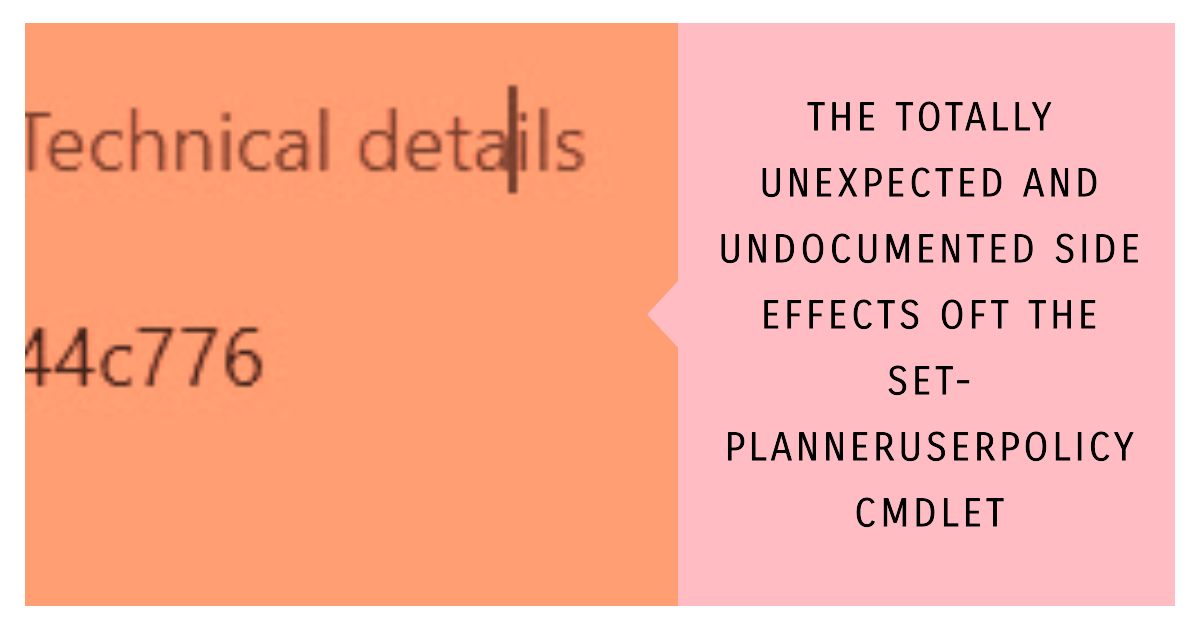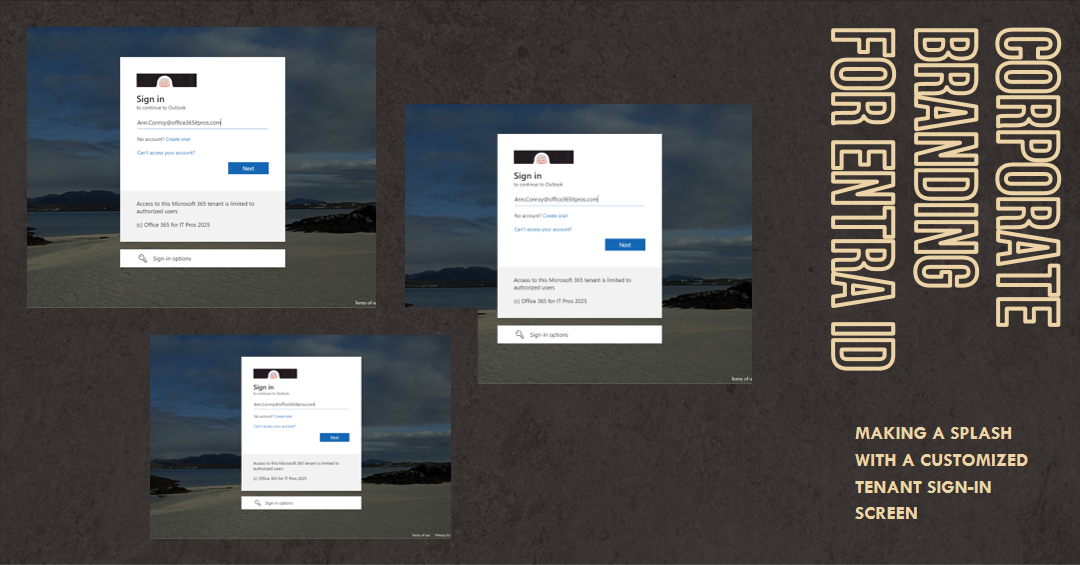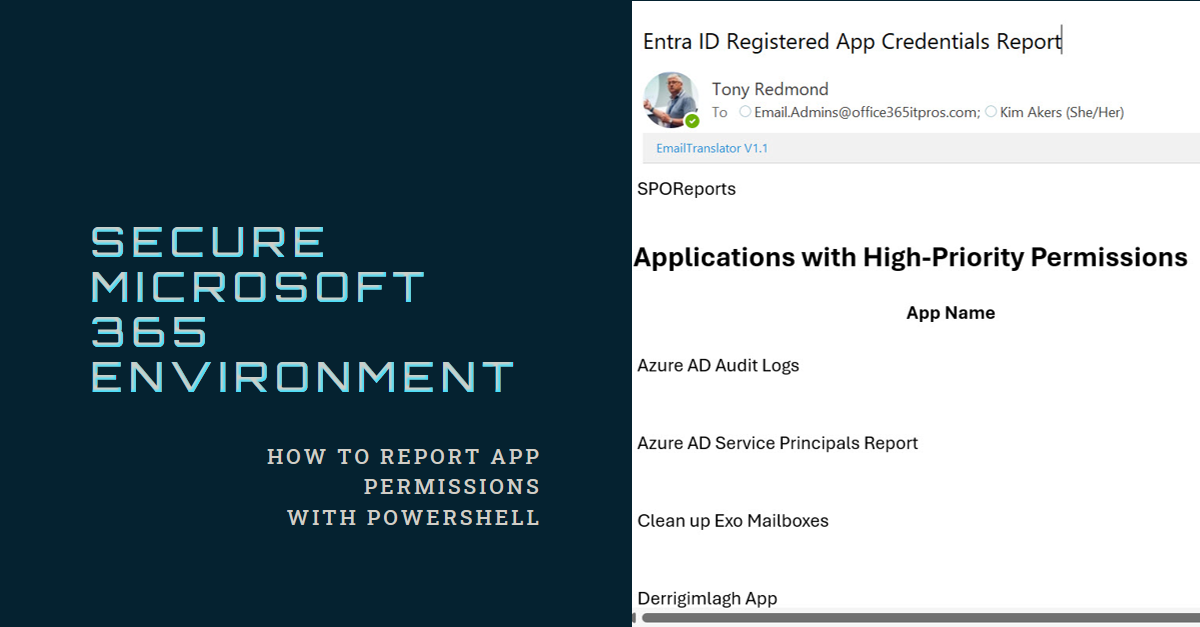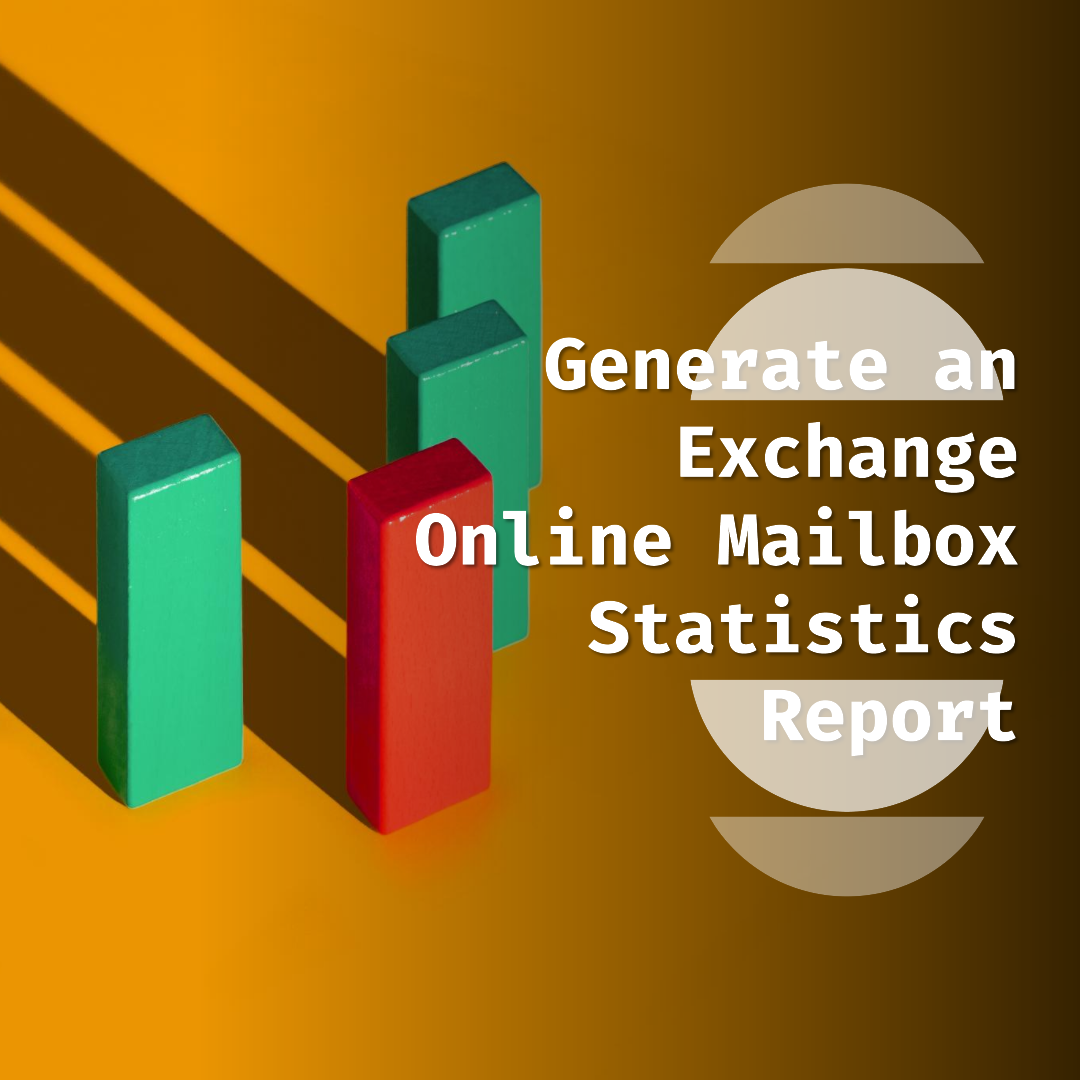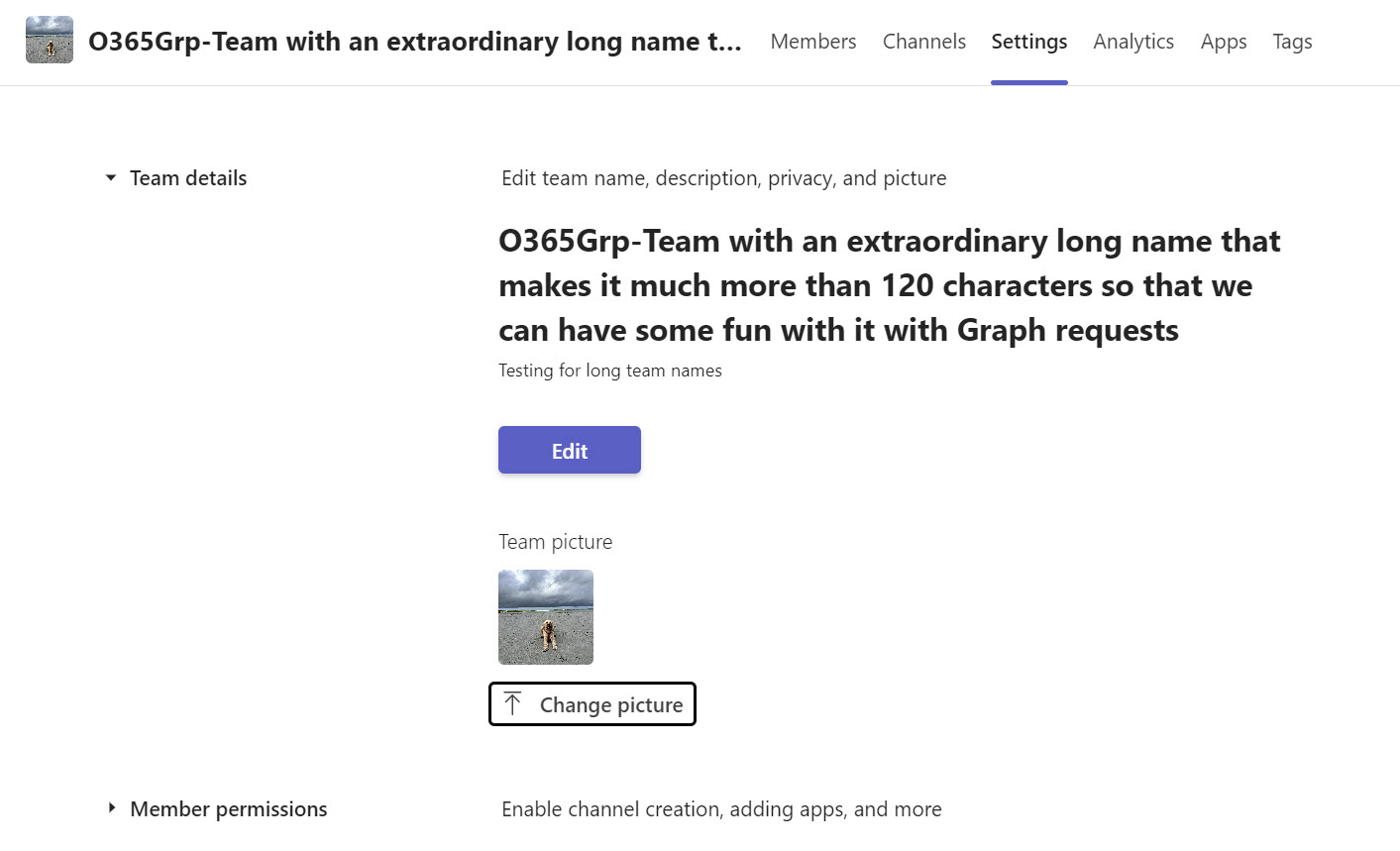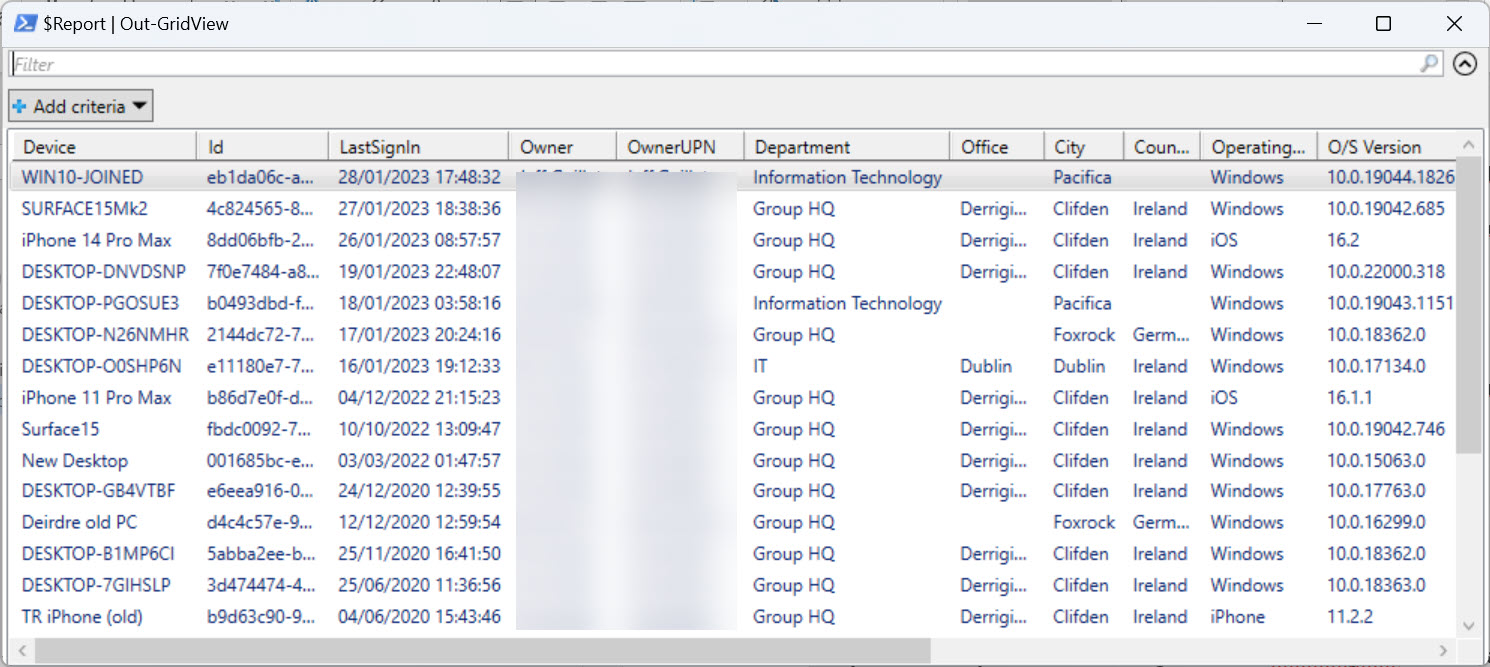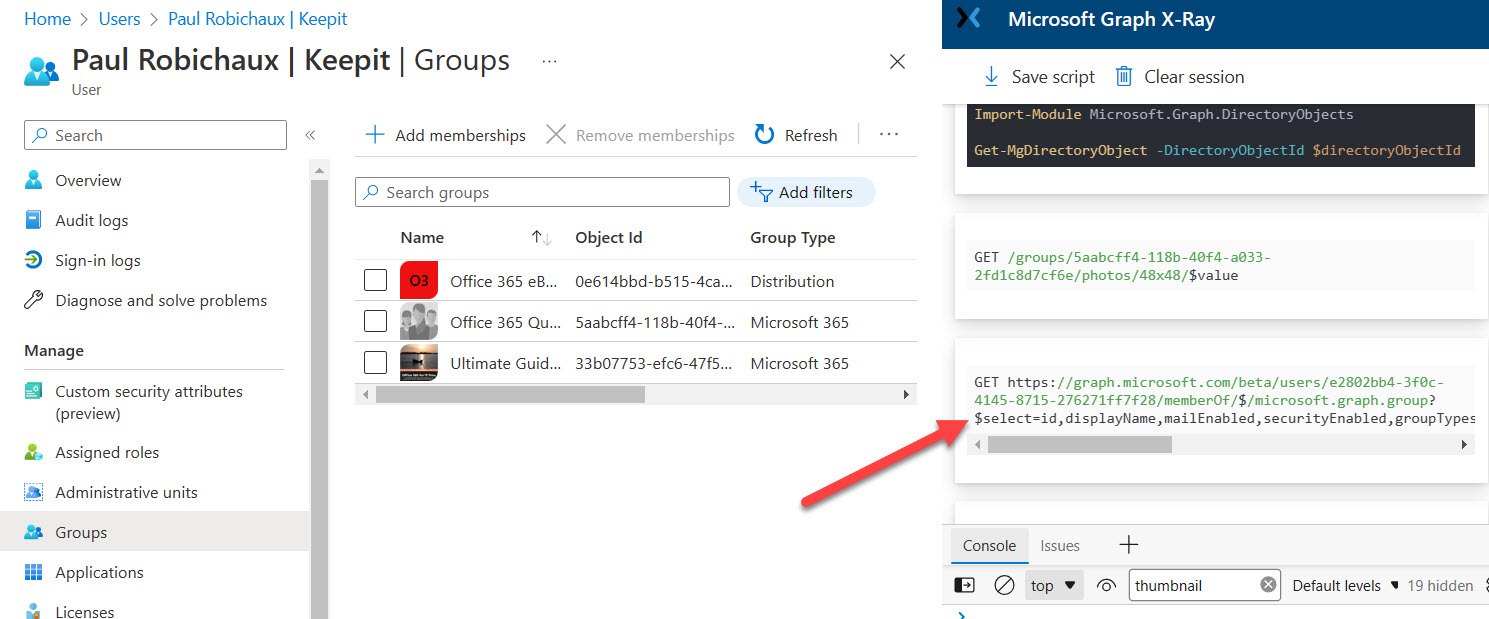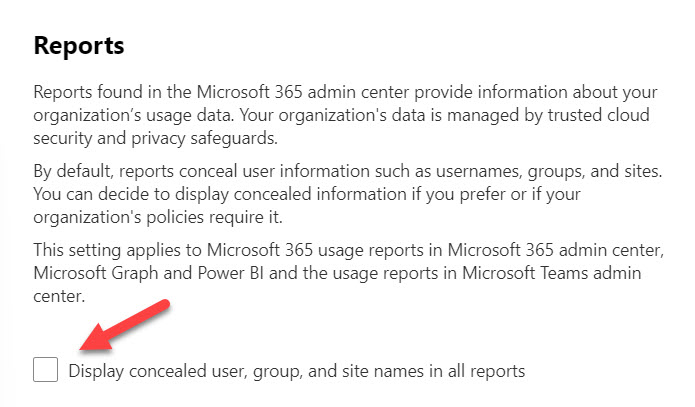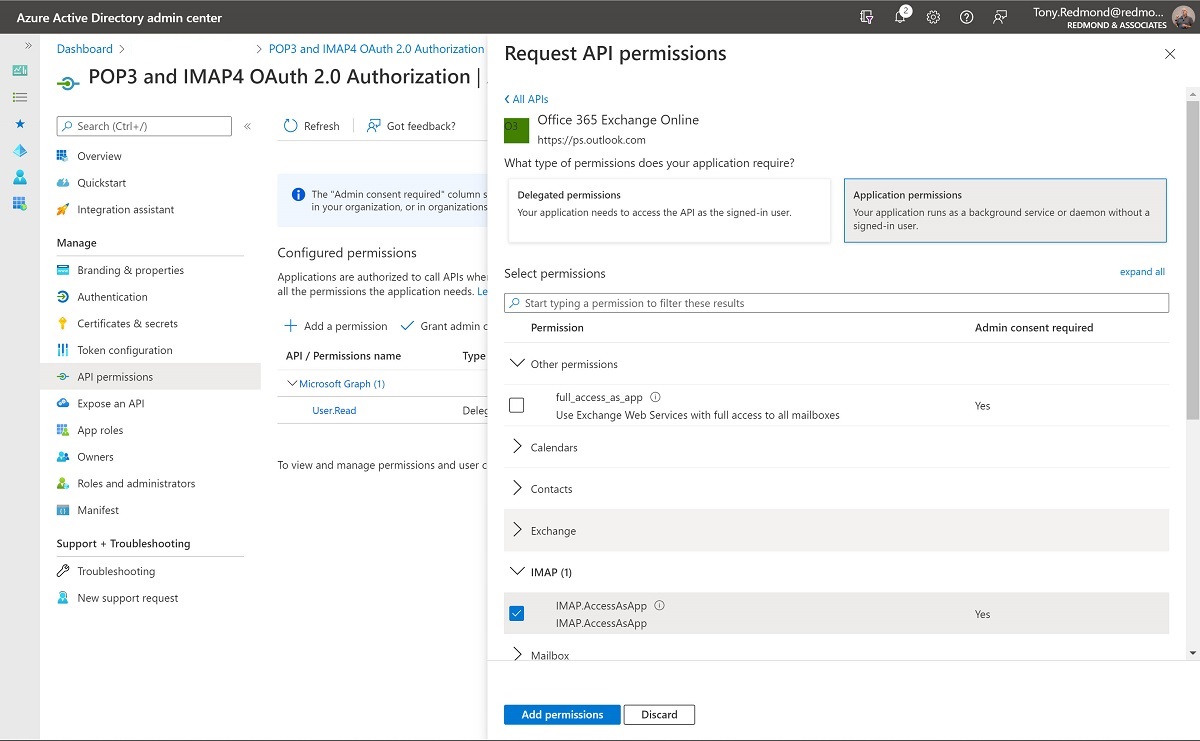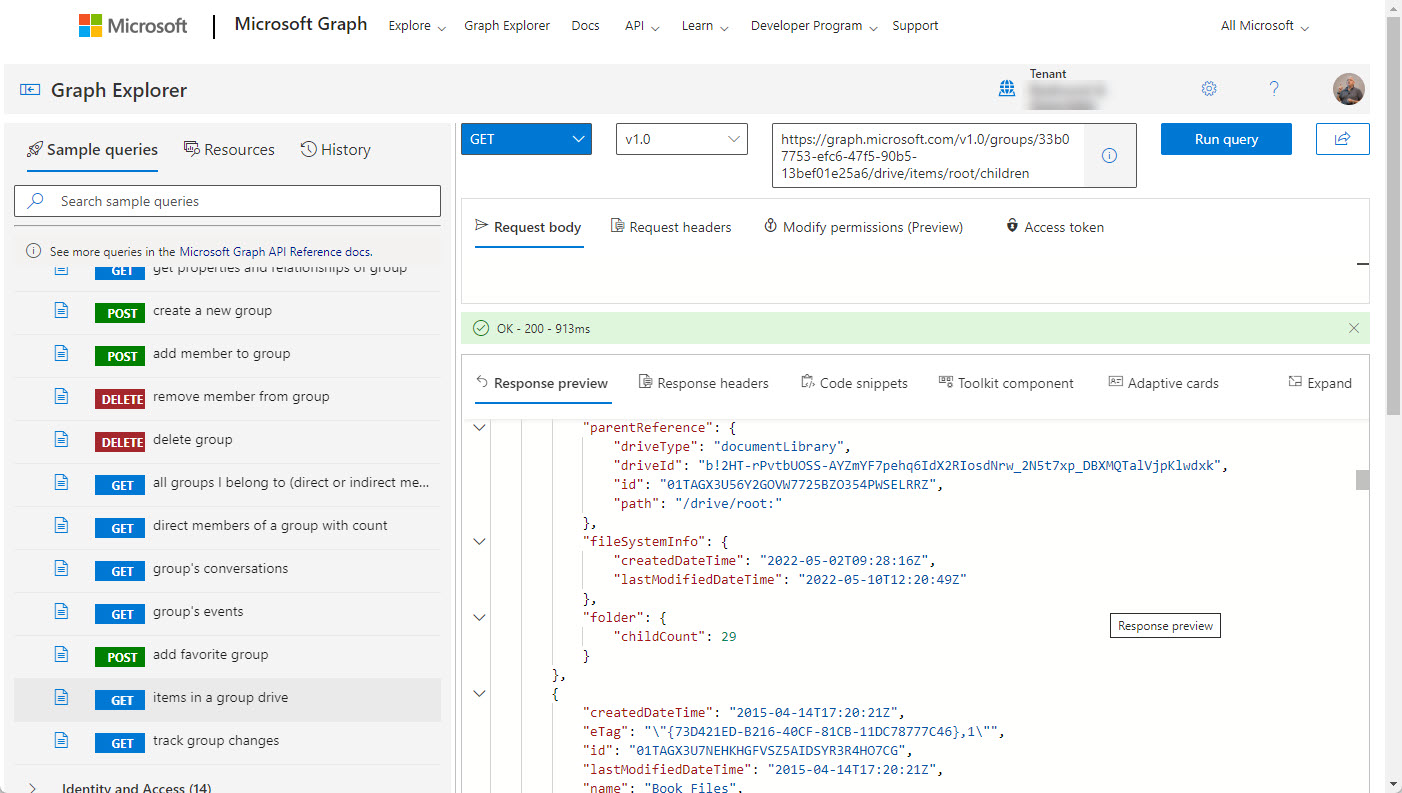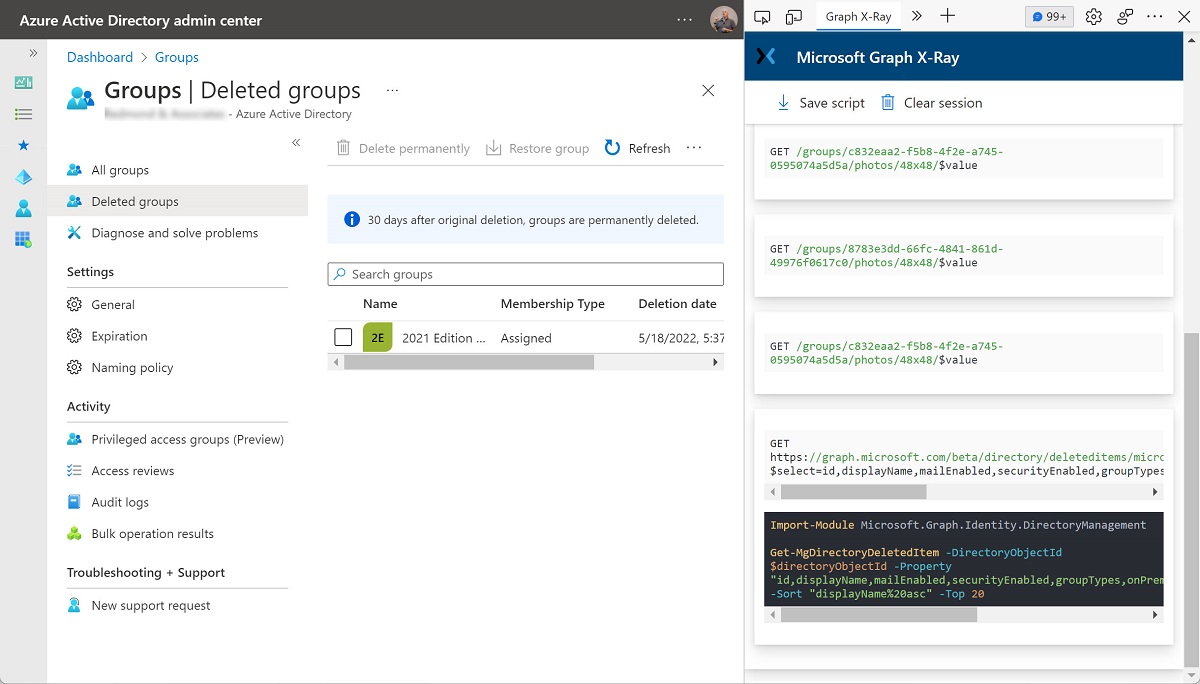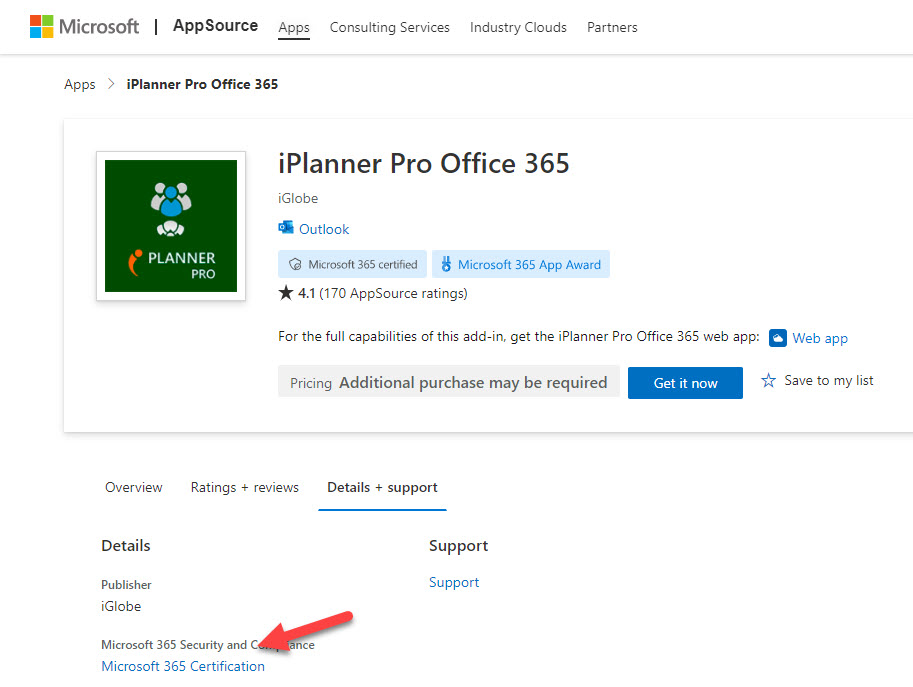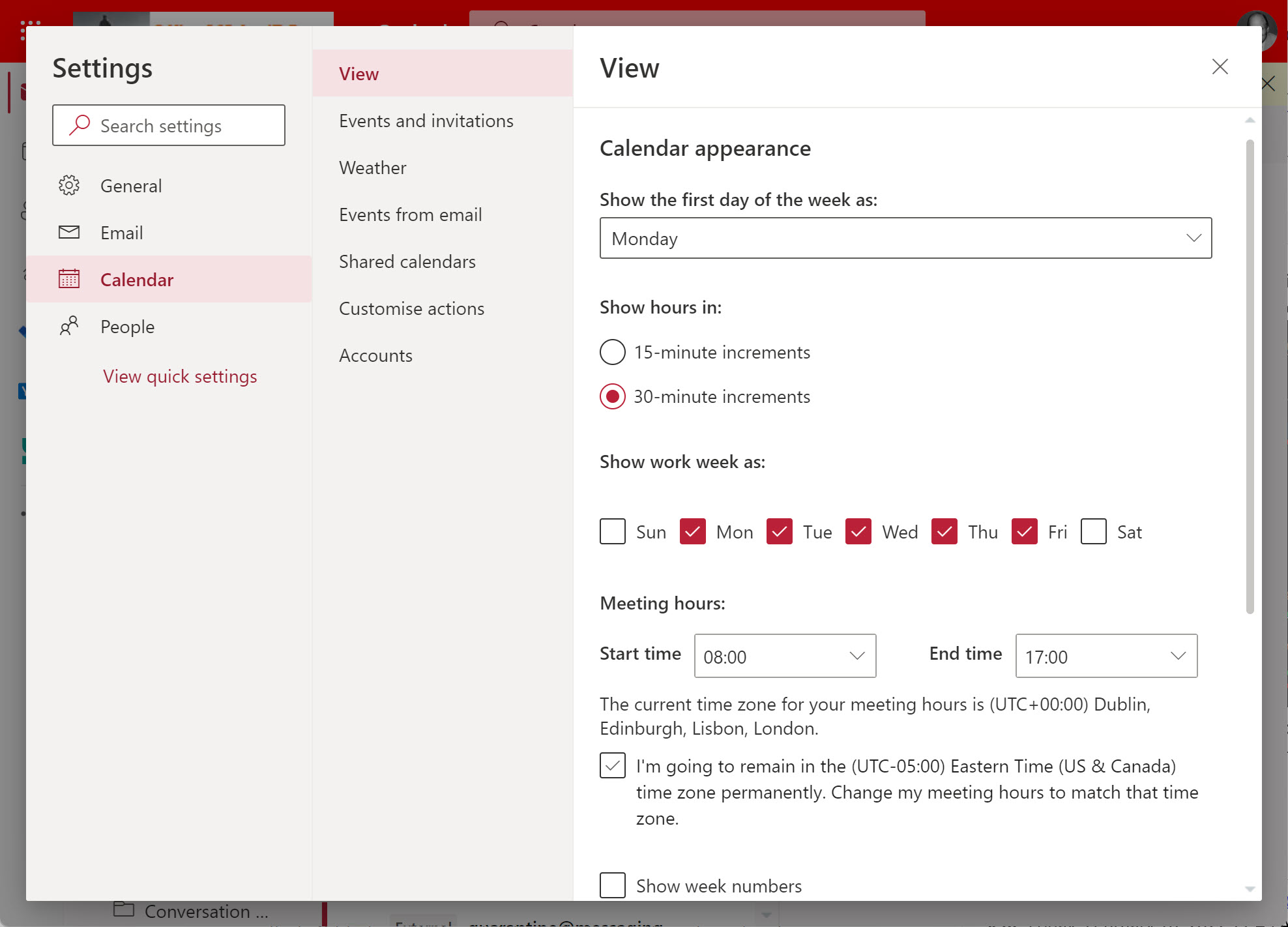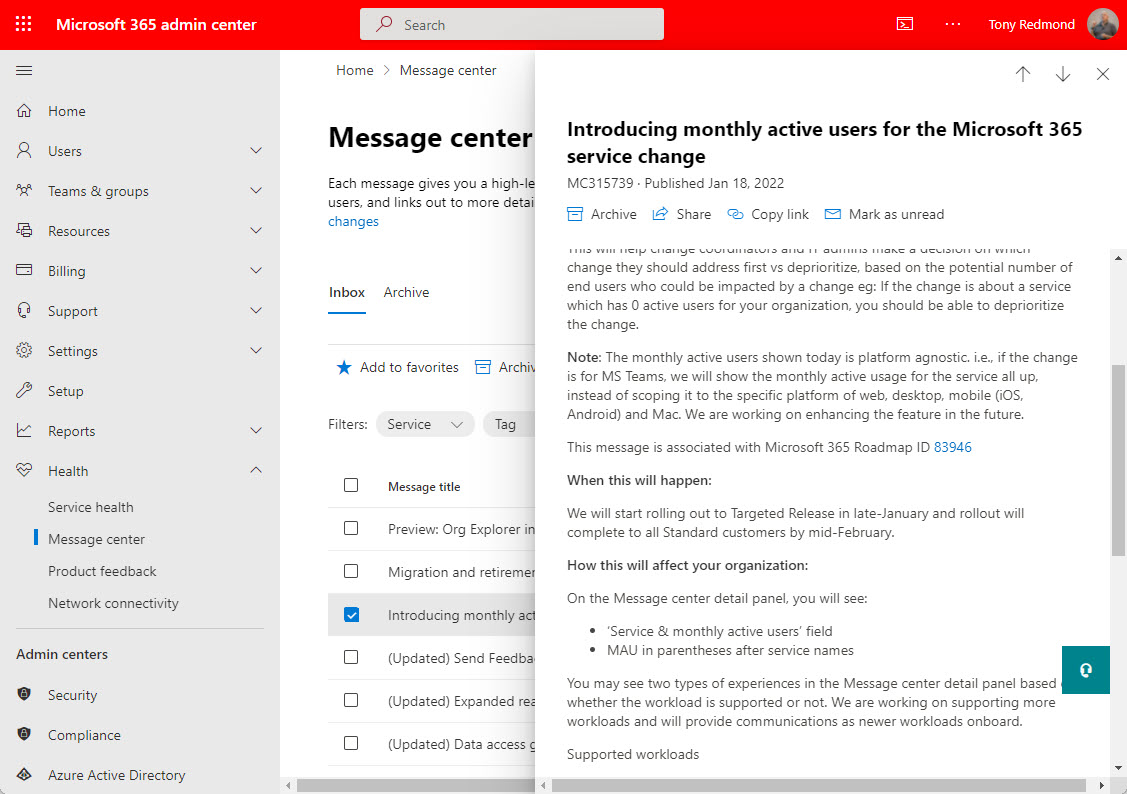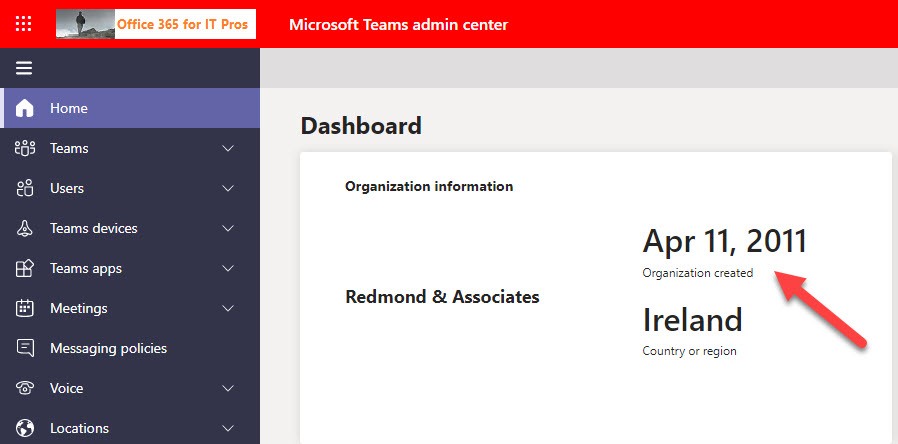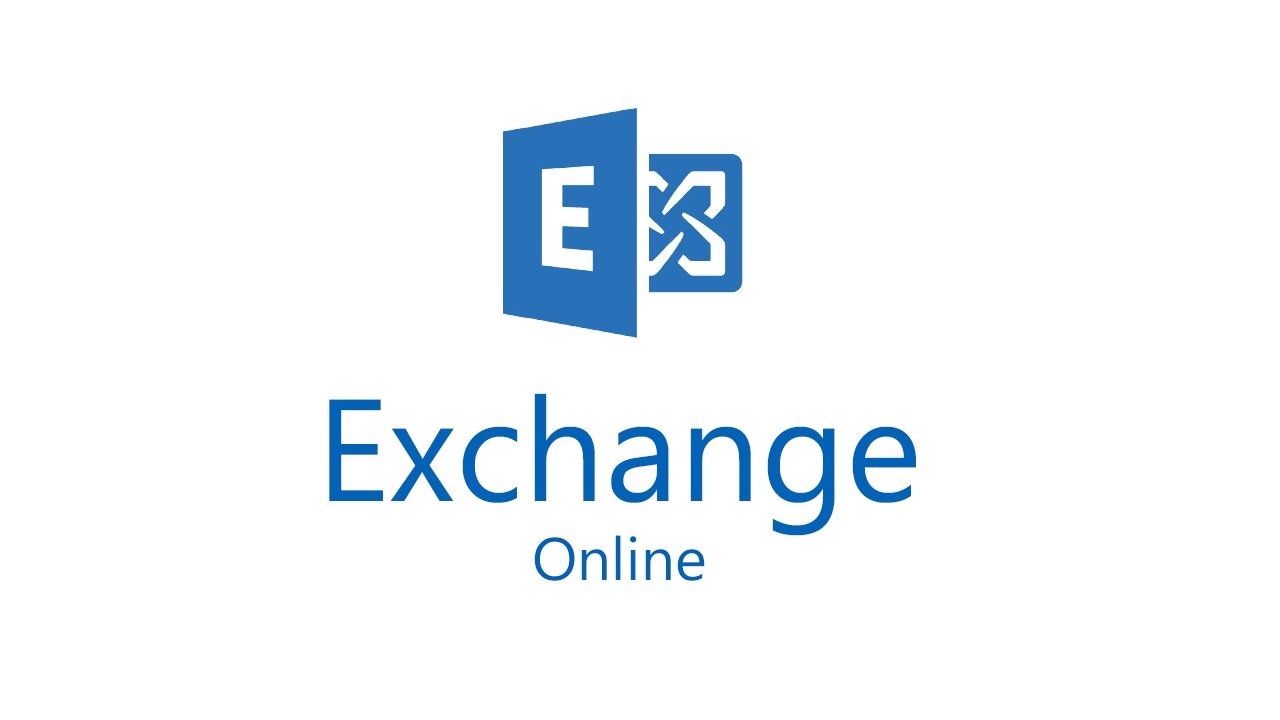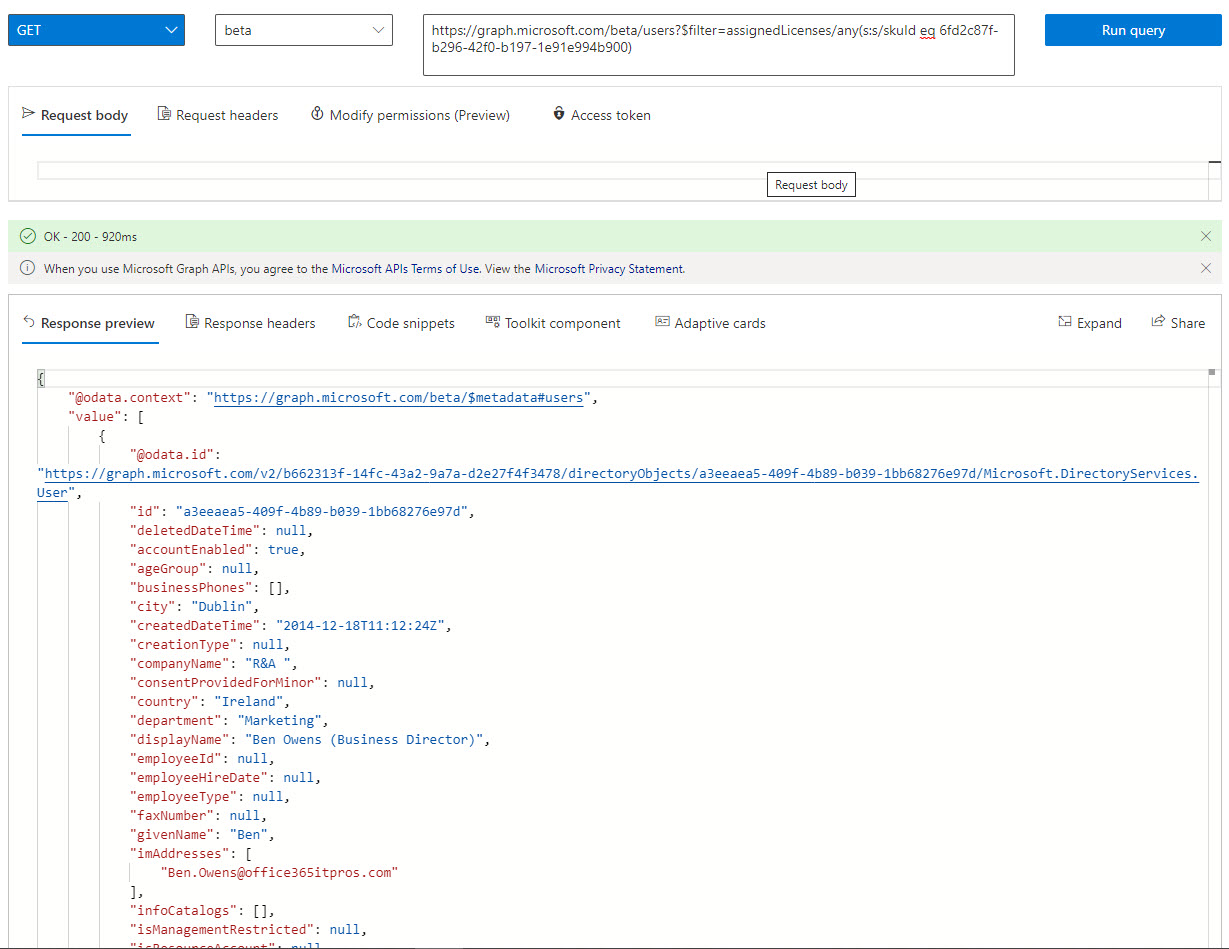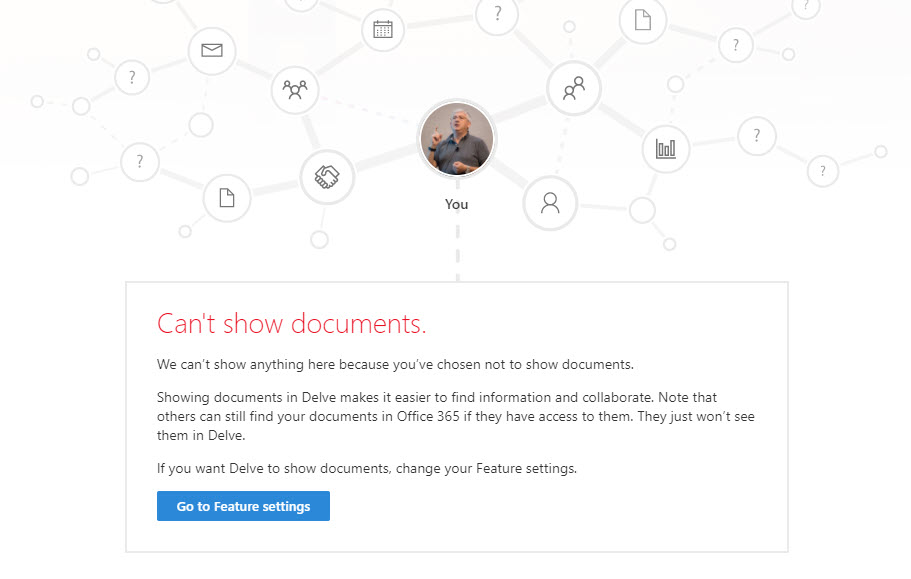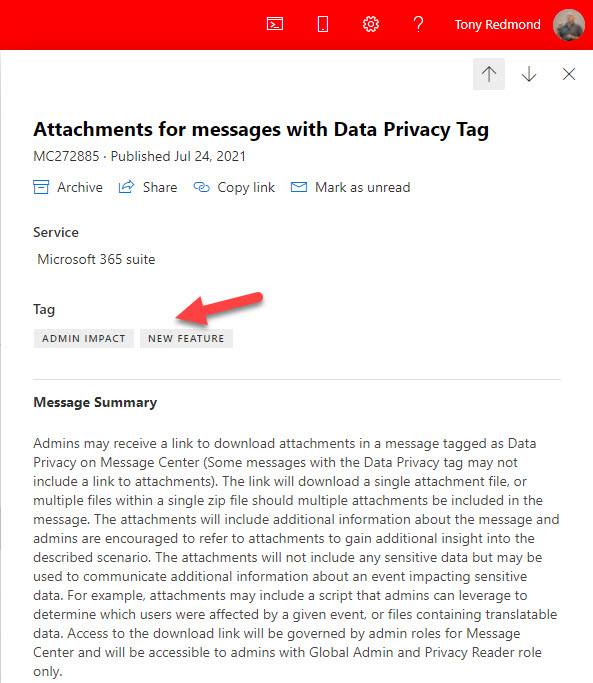In MC877369, Microsoft announced the availability of three Copilot usage reports in the Graph usage reports API to track usage of Copilot for Microsoft 365 in the apps enabled for Copilot, like Outlook, Excel, Word, PowerPoint, Loop, etc. The data available in the Copilot usage reports isn’t very informative and you might be better off using audit records to analyze what’s happening.
The Set-PlannerUserPolicy cmdlet allows Microsoft 365 tenant administrators stop users deleting tasks created by other users. However, an undocumented consequence of setting the policy for user accounts is that it stops those accounts removing plans too. The unexpected block imposed by Set-PlannerUserPolicy caused me problems when attempting to delete a plan with PowerShell. It would be nice if the modules created by Microsoft worked as expected (and as documented).
A longstanding problem (SP676147) open since September 2023 causes problems retrieving important SharePoint usage data like site URLs and user activity data. The problem shows up in the usage reports section of the Microsoft 365 admin center and affects any attempt to fetch SharePoint usage data via Graph API requests. It’s odd that the problem has lasted so long.
The ability to apply custom corporate branding for Entra Id screens has existed since 2020. You can update elements through the admin center or PowerShell. This article explains how to use the Microsoft Graph PowerShell SDK to customize the sign-in text and background image for the sign-in screen.
Recent attacker activity made me think that access might have been gained through an OAuth app. Keeping an eye on app permissions is important. From a PowerShell perspective, it is reasonably straightforward to retrieve details of app permissions using the Microsoft Graph PowerShell SDK. Several methods are available to do the job.
Exchange mailbox statistics reports are usually produced using PowerShell cmdlets. However, using Graph usage data is a faster way to process mailboxes because it avoids the need to fetch mailbox statistics by running a cmdlet for each mailbox. This article describes how to speed things up in a way that will probably benefit larger organizations most, but every Exchange Online tenant can probably benefit.
Microsoft 365 group display names longer than 120 characters will cause problems for Graph API requests attempting to fetch the groups. A workaround exists, which is to make the request an advanced query rather than a regular one. But the question really should be “who needs group display names that are longer than 120 characters?”
Using Connect-MgGraph scopes to request a precise set of permissions at the start of a PowerShell script is the right way to make sure that the script can run and access the data it needs to process. Two schools of thought exist. Is it best to use the Scopes parameter to define the set of permissions when connecting with Connect-MgGraph, or should you go ahead and connect and check afterward? I favor the first approach, but either way works.
After a while, you discover the holes in any technology. In the case of the Microsoft Graph PowerShell SDK, some inconsistencies await unwary developers. The SDK doesn’t like $Null, doesn’t support pipelining, insists on specific property casing at times, sometimes accepts user principal names and sometimes doesn’t, and sticks valuable data in hash tables hiding in a property you might know nothing about. Good as it is to have the SDK cmdlets, they need to be treated with care as you transition from the old Azure AD and MSOL modules.
Entra ID registered devices store some information about the operating system and version used when registration occurs. Although this information changes over time and isn’t updated by Azure AD, it might be of some interest and use to tenant administrators, so we show how to report it here. If you want accurate information, you’ll need to use Intune.
As developers update PowerShell scripts in preparation for the deprecation of the Azure AD and MSOL modules, they might need to insert new code to retrieve the membership of Entra ID groups for specific accounts. We cover that topic here, including the interesting case of the AdditionalProperties property returned by several Microsoft Graph PowerShell SDK cmdlets and the valuable information found there.
Azure AD Guest Accounts have a habit of becoming stale or obsolete as time progresses. Guest accounts created to share documents or to be a member of a long-forgotten team or group remain in Azure AD until someone comes to clean them up. This article explains how we refreshed a popular script to use cmdlets from the Microsoft Graph PowerShell SDK to report guest accounts with different degrees of staleness.
A December 2 post by the Microsoft Graph development team clarifies how it plans to charge for some Microsoft 365 APIs. The three-tier model Microsoft plans to use is logical and the default will remain free access to customer data. However, the way Microsoft has communicated the introduction of a charging model for some high-capacity APIs is a model of how not to manage change.
This article offers some tips about working with the Microsoft Graph Usage Reports API. In particular, we cover how to detect if the concealment of display names setting is active and how to reset it to allow display names appear in reports. We also cover the strangeness of some of the numbers reported for Teams message counts.
The new tenant admin Microsoft Graph API allows access to read and update SharePoint Online tenant settings. Although the API offers limited capabilities for now, it marks the start of Graph support for tenant settings that are currently managed through admin portals or PowerShell. It’s a welcome development.
Cmdlets in the Microsoft Graph PowerShell SDK module can interact with many types of Microsoft 365 data using Graph API requests. Adding the Debug parameter gives you an insight into what happens when SDK cmdlets run Graph requests. The knowledge can help you write better code and avoid mistakes, and that’s always a good thing.
Microsoft has launched application access to Exchange Online via IMAP4 and POP3 using modern authentication. The approach Microsoft takes is reasonable and pragmatic and should be simple enough for app developers to implement. However, with an eye on the future, maybe this isn’t the best strategic choice to make. Moving to the Graph APIs will take more work, but it’s a better long-term solution.
The Microsoft Graph continues to grow in importance, as do tools like the Graph Explorer web application. The Explorer has received a couple of new and useful features recently, including the generation of PowerShell code snippets. This doesn’t work for every Graph API, but it’s a start and a great enhancement to what’s already a very useful tool.
The new Graph X-Ray extension available for the Chrome and Edge browsers gives developers an insight into how the Azure AD admin center uses Graph API commands to retrieve user and group objects. The insight is invaluable when teasing out some of the syntax needed to get work done with the Graph. It’s much appreciated.
Lots of news has emerged from Microsoft recently regarding the deprecation of the Azure AD PowerShell module and the older MSOL module. Although dates have slipped from the original June 30, 2022 deadline, the signs are that Microsoft will retire the modules in early 2023. However, the Azure AD and MSOL license management cmdlets will stop working on August 26, 2022, so that’s the immediate priority for script upgrades.
By now, Microsoft 365 tenant administrators realize the need to understand how apps use consent to access Microsoft 365 data. App certification helps by reassuring tenant administrators that third-party apps meet certain criteria set by Microsoft. Achieving Microsoft 365 certification is the highest bar in the program. It’s just a pity that many of the apps now appearing in the ecosystem don’t achieve this level of app certification.
A new Microsoft Teams feature means that local time zone information appears on user profile cards. While it seem simple, the feature is very useful when arranging meetings because you know up-front about the working hours of your colleagues. It’s a detail that makes sense!
Access tokens are an important part of accessing data using modern authentication through APIs like the Microsoft Graph. But what’s in an access token and how is the information in the access token used by PowerShell when the time comes to run some Graph queries in a script? In this article, we look behind the scenes to find out what’s in the JSON-structured web tokens issued by Entra ID.
Message center notifications for service changes posted to the Microsoft 365 admin center will include monthly active user counts for affected workloads. That sounds good, until you realize some of the downloads incurred by depending on the Microsoft Graph Reports API as the source of user data. Still, it’s better than nothing and a welcome advance.
Finding the age of a Microsoft 365 tenant isn’t an important administrative operation. However, understanding how to retrieve this information (if asked) is an interesting question, which is why we spent several hours playing around with PowerShell and the Microsoft Graph to figure out how to answer the question. It’s the kind of in-depth analysis we do all the time to build content for the Office 365 for IT Pros eBook.
Microsoft is removing TLS 1.0 and 1.1 from Microsoft 365. This has been well flagged, but tenants might not understand the impact on PowerShell scripts which send email using the Send-MailMessage cmdlet and SMTP AUTH. In a nutshell, unless you force PowerShell to use TLS 1.2, attempts to send messages via Exchange Online will fail. It’s time to check those scripts and ,consider how to move away from SMTP AUTH and Send-MailMessage.
A reader asked how to find when Azure AD accounts received certain licenses. As it turns out, this isn’t as simple as it seems. PowerShell can tell use when user accounts are enabled with service plans, but to get dates for licenses (products or SKUs), we need to go to the Graph API, and those dates aren’t quite there yet. In any case, it’s an interesting question which deserves some exploration to see if we can find an answer.
A Microsoft October 5 announcement gives a clear signal that Exchange Web Services is on a short runway to oblivion. The first step is the removal of 25 APIs on March 31, 2022. It’s all part of the master plan to get Office 365 tenants and ISVs to move to the Microsoft Graph APIs. This is a perfectly laudable ambition but it’s complicated because of the lack of suitable Graph APIs to handle the volume of Exchange data involved in scenarios like backup/restore and migration. Teams has a new Graph Export API, but it introduces consumption metering and charging. Is a new Exchange API coming and will it use the same charging mechanism? We live in interesting times…
Understanding how to create effective queries using the Microsoft Graph APIs takes some work, especially with some of the more complex filters used to refine the data returned by the Graph. In this article, we look at how filters using lambda qualifiers work and explore some examples of these qualifiers in use.
The usage reports available in the Microsoft 365 admin center, Teams admin center, and other places now include anonymized user information by default. The new default became active on September 1, 2021 and the organization setting applies to any usage data generated by the Microsoft Graph usage reports API, which means that some scripts might create reports less interesting and useful than before. It’s a good change for privacy, but will organizations persist with the new default?
You can now access videos and slides for sessions given at The Experts Conference 2021. The sessions cover a wide range of technology from Azure AD to Microsoft 365 to infrastructure modernization. And you can now register for TEC 2022, which will run as an in-person event in Atlanta on September 20-21, 2022. It should be great fun!
Microsoft has replaced the controls which disabled document insights in Delve with new Graph-based settings. However, you might still have a bunch of users with the Delve settings who need to migrate to the Graph settings. In this article, we explore how the settings work and how to query the Graph to find the set of users who disabled the setting in Delve. We can then use PowerShell to add those accounts to the group of disabled insights users for the Graph-based settings.
The message center in the Microsoft 365 admin center will soon use a new data privacy tag to highlight specific service updates to tenant administrators. No messages with the new tag have yet appeared, so it’s hard to know how Microsoft plans to use the new tag or what kind of attachments it will make available to administrators to help understand the sensitive data involved in data privacy. While we’re waiting, we took at look at the tags in use today and wrote some PowerShell to report which tag is most popular.
The thoughts of using Microsoft Graph API calls with PowerShell might seem to be too much trouble, but used correctly, Graph API calls help scripts speed up and get to some data that is not reachable through a cmdlet. I have a simple four-step approach that I use to figure out if I need to include some Graph API calls. The routine works for me. Feel free to disagree.
Sometimes it’s wise to give PowerShell scripts a turbo boost. This is certainly true for the Groups and Teams Activity report script, where a large amount of PowerShell processing has been replaced with speedy Microsoft Graph API calls. The result is much faster processing, which means that the script is more useful in large tenants. I still wouldn’t try to run it against 100,000 groups, but anything smaller should be OK. I think!
Sensitivity labels are a great way to protect confidential documents stored in SharePoint Online. Sometimes the documents must be decrypted. This article explains how to build a PowerShell script which uses Graph API calls to navigate to a folder in a SharePoint Online document library and decrypt the protected documents found in the folder.

